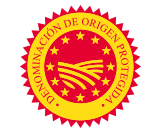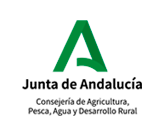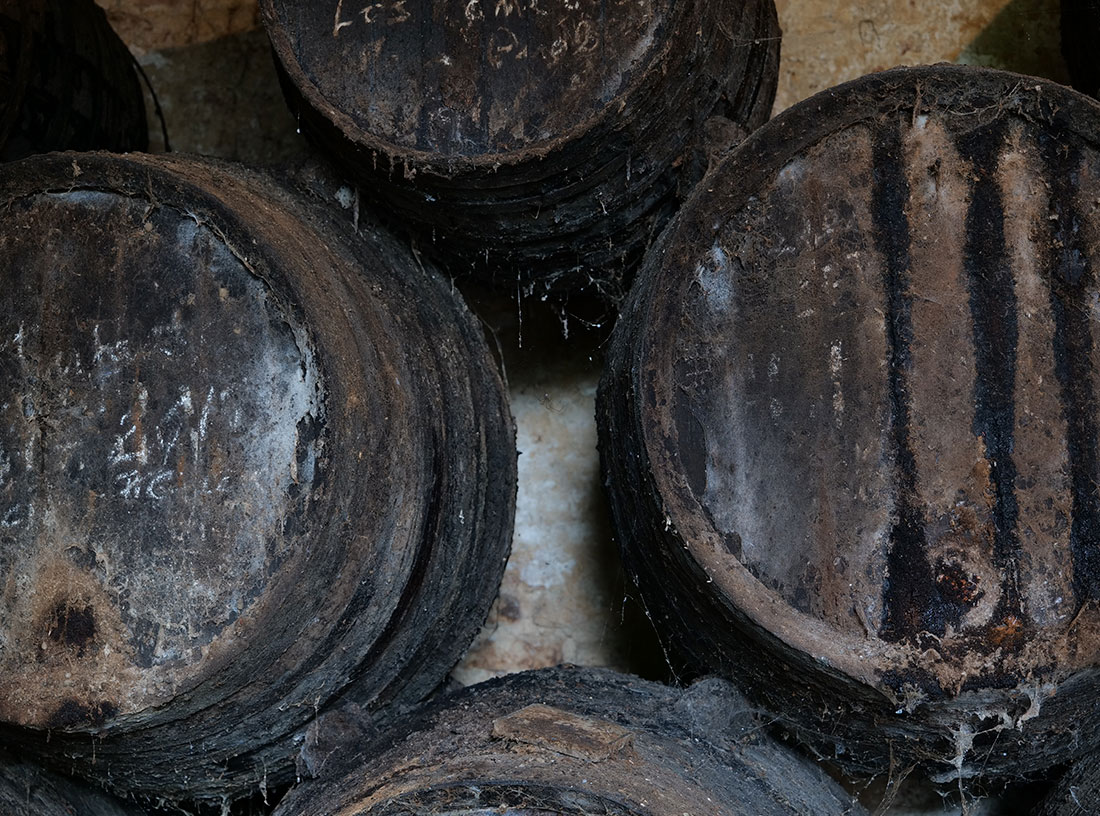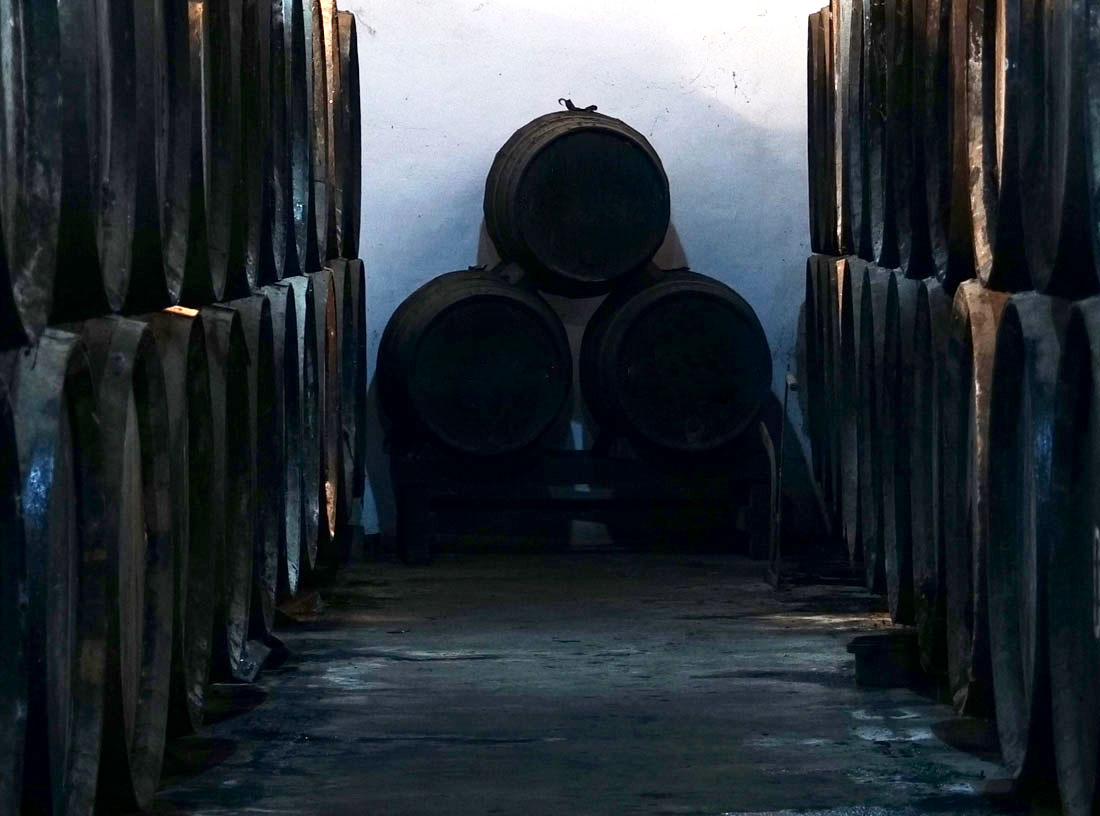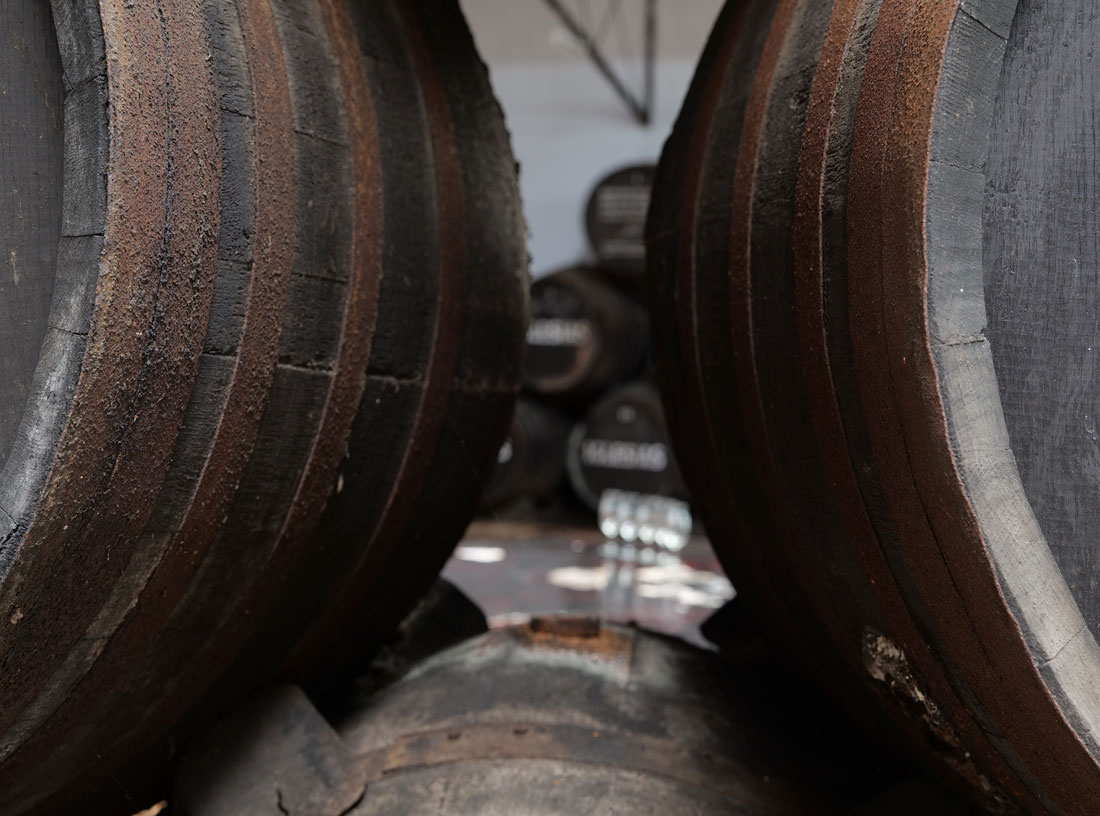Tradition and Innovation
Where wine gives birth to culture
Between the terroir and the marshlands of Doñana, history has left its legacy: the best of Zalema grapes and “Condado wines”.
Towards an expanding future

1932
Nuestros comienzos
Remontamos al año 1932 donde la Denominación de Origen Huelva surge para dar comienzo a nuestro gran legado.
1979
Surge DO Condado de Huelva
La entidad cambia de denominación y ampara, entre otros aspectos, los Vinos Blancos Jóvenes del Condado de Huelva y el registro de la variedad de uva zalema.

1999
Seguimos creciendo
El reglamento se adecua a las nuevas disposiciones surgidas tanto en el ámbito nacional como comunitario.
2002
Nueva DO Vinagre Condado de Huelva
Una nueva Denominación es amparada por el Consejo Regulador para sumarse a la ya existente.

2004
Organismo de certificación y control
El Consejo Regulador actúa como organismo de certificación y control según normativa con un manual de calidad auditado.
2009
Tintos y Vinagres
La entidad ampara sumando a los existentes, los Vinos Tintos y Vinagres del Condado de Huelva.

2011
Nace la DO Vino Naranja
Evoluciona el reglamento del Consejo Regulador, de la nueva Denominación de Origen andaluza “Vino Naranja del Condado de Huelva”.
2019
Vino Naranja consigue su inscripción como IGP
El ‘Vino Naranja del Condado de Huelva’ consigue el registro de indicación geográfica protegida (IGP) en Europa

2020
Se amparan Vinos Rosados
La DOP Condado de Huelva modifica su pliego de condiciones para incluir los vinos rosados
Orange wine
Protected Designation of Origin
The name Designation of Origin Condado de Huelva was approved by the Spanish Ministry of Agriculture on 1 August 1979 (Official State Gazette September 11, 1979), where the previous regulation of the Designation of Origin Huelva is modified, created on 1932, specifically by decree of September 8, published in the Madrid Gazette of September 13, where the Wine Statute was approved, later elevated to law by that of May 26, 1933.. This publication covered the Designations of Origin approved by the statute which continue to be maintained today.
With this measure, the body changed its name from D.O. Huelva to D.O Condado de Huelva and began including Condado de Huelva Young White Wines in addition to registering the predominant grape variety in local vineyards, Zalema, among other aspects.
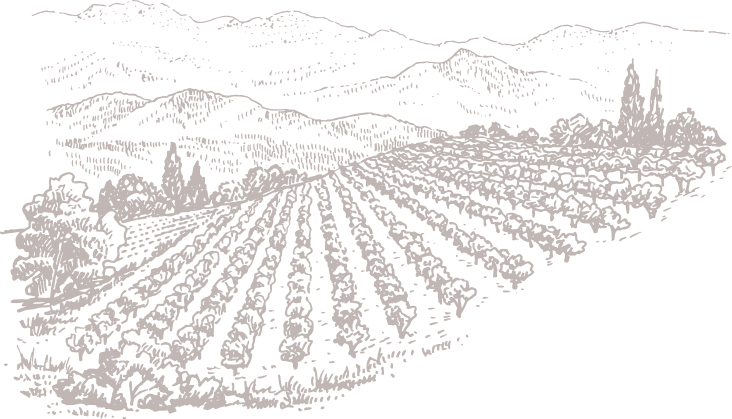
A few years later, in 1999, the new specifications for this Designation of Origin were passed (published in the Official Gazette of the Government of Andalusia number 30 dated 11 March 1999), adjusting it to new Spanish and EU regulations.
The Designation of Origin Vinagre del Condado de Huelva was created after that meaning the same Regulatory Board now covers two designations, one for wine and another for vinegar. This measure was ratified by the Spanish Ministry of Agriculture and Fisheries and published in the Official State Gazette on 25 November 2002.
From then on, the image of the Regulatory Board has always been linked to both designations. Nonetheless, each one has its own technical service control parameters based on their own characteristics as well as their unique production, aging and bottling methods.
Moreover, since 2004 the Regulatory Board has been operating as a certification and control body in accordance with standards 45.011 and 45.004 as well as quality guidelines that are audited by the Regional Ministry of Agriculture and Fisheries pursuant to its own procedures for wine and vinegar classification.
By means of an Order dated 30 March 2011, the Official Gazette of the Government of Andalusia no. 16 published the new Specifications for the Designations of Origin Condado de Huelva and Vinagre del Condado de Huelva under which the Regulatory Board and all associated wineries began protecting red wines, new white wine grape varieties and new bittersweet vinegar varieties.
Thus, there are four types of protected red wines: Young – from the same year’s harvest – as well as Crianza, Reserva and Gran Reserva, with each category depending on the aging time and method used. Likewise, five red wine grape varieties are now covered: Syrah, Tempranillo, Merlot, Cabernet Sauvignon and Cabernet Franc.
On the other hand, the new white wine grape varieties covered by these specifications for producing Young Fruity White Wines from the Condado are: Colombard, Sauvignon, Blanc and Chardonnay. At the same time, bittersweet vinegar from the Condado may include liqueur wines in the aging process; specifically, Pedro Ximénez and Muscat.
These Designation of Origin specifications also establish a defined separation between the Management and the Control bodies, all in compliance with new European, Spanish and regional regulations.
The most recent history of our Designation of Origin culminates with the publication of the all-new Andalusian Designation of Origin“Vino Naranja del Condado de Huelva” (Condado de Huelva Orange Wine) in the Official Gazette of the Government of Andalusia on 14 July 2011. This publication acknowledges Orange Wine as an aromatized wine in accordance with Regulation (EEC) 1601/91.
Sometime after, “Vino Naranja del Condado de Huelva” received protection by the European Parliament and of the Council as a “Geographic Indication” under Regulation (EU) 251/2014 of 26 February.
The latest evolution in the Regulatory Board’s guidelines came with the publication of new specifications for PDO “Condado de Huelva” in the Official Gazette of the Government of Andalusia on 9 November 2020, with new modifications such as:
- Besides white and red wines, rosé wines are also protected. They may be dry, semi-dry, semi-sweet and sweet, depending on the residual sugar content as per the regulations in effect.
- Fortified wines including Condado Pálido or Fino, Condado Viejo or Oloroso, Amontillado and Palo Cortado.
- Liqueur wines including Pale Dry, Pale Cream, Medium and Cream.
- Sweet wines including Sweet, Mistela, Pedro Ximénez and Muscat.
- New varieties of white wine grapes: Small-berried Muscat à Petits Grains and Verdejo.
- Changes in the organoleptic characteristics.
- Changes in the yield where the litres of wine for every 100 kg harvested may not be higher than 70.
- The aging time for fortified wines was changed from 3 years to 2.
- The yield for the Zalema variety went from 12,000 kg/ha to 18,000 kg/ha.
A legacy of history
European Union Aid
The Regulatory Council of the Denominations of Origin of Huelva and Orange Wine of the County of Huelva, has received aid from the European Union charged to the European Agricultural Fund for Rural Development for the promotion of its protected wines and vinegars.

